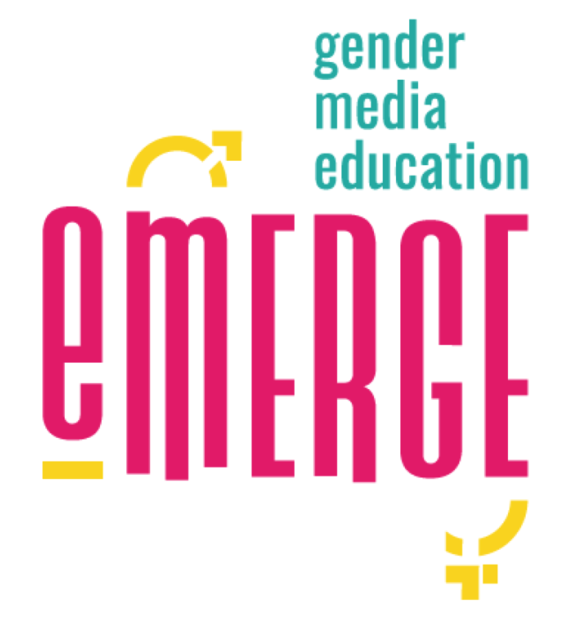4.1.3 Example illustrating the theory – Media accross the curriculum
A History documentary about Nazis concentration camps and a movie like Schindler’s List are both valuable sources of understanding about the Holocaust, but they also differ significantly in style and ideology. Those very differences are part of what students need to learn not only from a disciplinary point of view (in this case, History) but also from a ME perspective. As a History teacher, you can develop students’ learning about an historical event but also their awareness of different media or media genres (a documentary, a TV show, a cartoon, a movie) can show processes, tell stories, present arguments and describe places, and also how they can mislead, distort or even lie. By doing this your students will learn to interpret media more effectively, and also understand how media representations (including History textbooks) construct subject knowledge. Eventually they produce their own media artifacts to present their learning (as a form of assessment, for example) and express their opinion. In other words, effective use of media (either as analysis or production) can help you teach your subject better but also improve your students’ competence on how media work and how they can be used in creative and more critical ways.
Table 1 offers some examples of how ME activities can be developed in relation to some basic disciplines, specifying for each activity its learning objectives and the kinds of outcomes that students might be expected to accomplish. In designing your ME education activities with colleagues from other disciplines, you may want to adapt these suggestions to your model of lesson planning and learning progression so that they may fit your students’ age and needs.
